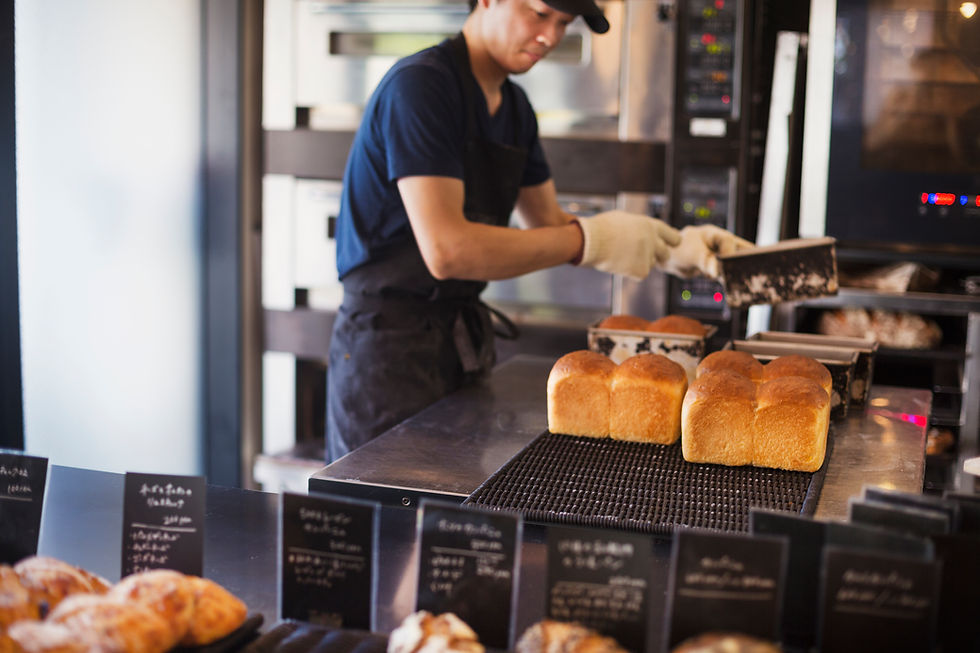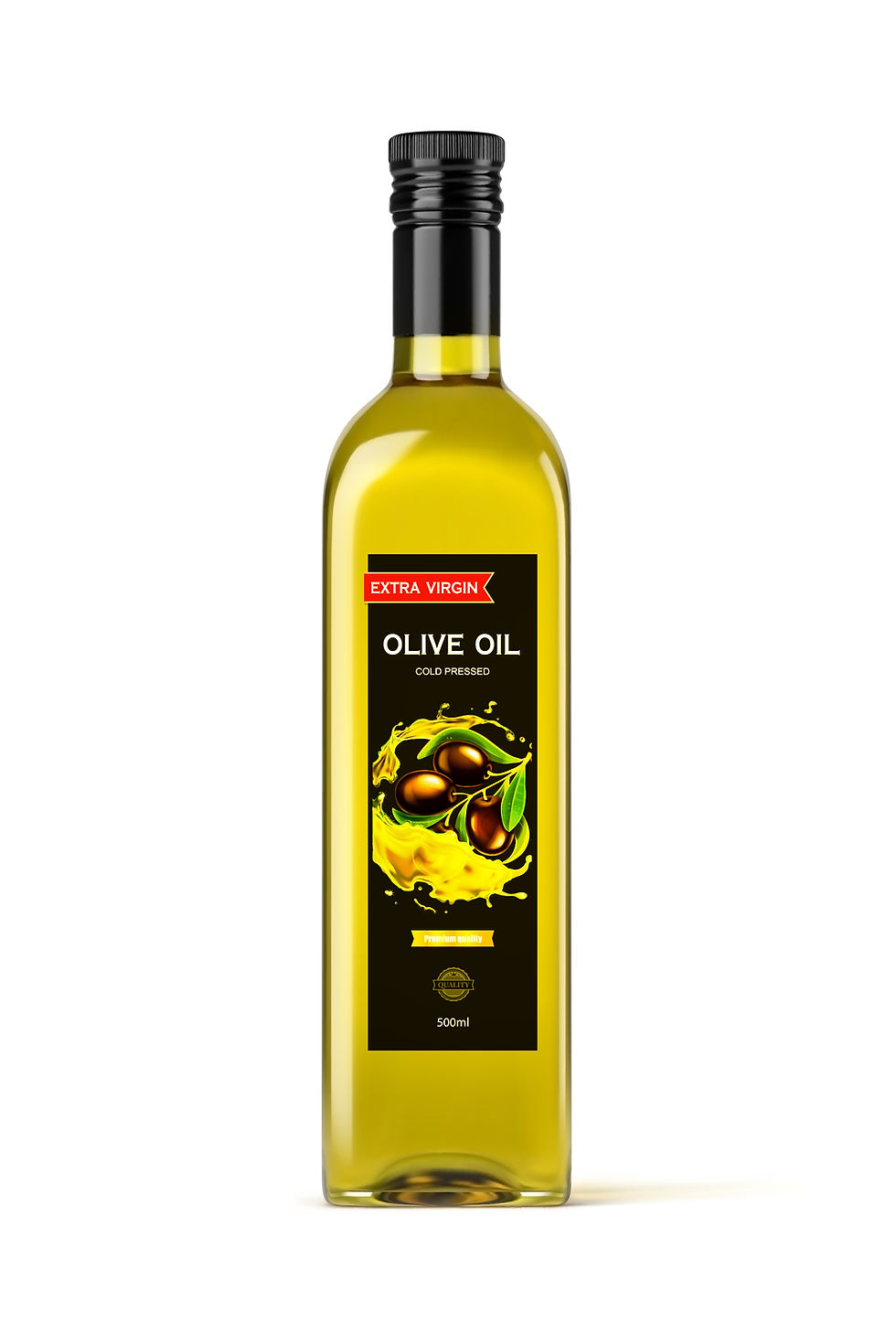Physical Health is the Foundation of Mental Health
- mentalmaptowellnes
- Apr 7, 2023
- 6 min read
You might be thinking, what does physical health have to do with mental health? We will explore this connection in this blog. The quality of your thoughts is dependent on the quality of your brain function. The quality of your brain function is dependent on your physical health. The quality of your mental energy and emotional state correlates to food, exercise, and feeling socially connected. To feel connected and hopeful about the future, you must start by building the foundation. While food and exercise alone will not deliver mental health, it provides the foundation of physical health, without which you cannot have mental health.
The Effects of Chronic Inflammation
If you or your loved ones are dealing with chronic fatigue or low energy due to chronic inflammation or other chronic physical illness, shifting your state to feeling hopeful about the future will be challenging. You will likely engage in various distracting activities, seeking instant gratification to experience brief joy while covering up your real feelings. Deep down, you might feel sad, weak, and hopeless. If you or your loved ones have faced the real struggle of experiencing low energy and battling various forms of chronic illness such as heart disease, diabetes, arthritis, depression triggered by the onset of a decline in physical health, Alzheimer's, and cancer, all of these disorders have been linked to chronic inflammation. At the same time, chronic inflammation is linked to food choices and a sedentary lifestyle. The scope of this blog is building a mental map for reducing physical illness and maximizing your potential to experience a high level of energy.
Foods that Cause Inflammation
Soda (the sugar found in one soda is close to 2x the recommended daily amount)

Refined carbohydrates (white bread, white rice, pasta, cakes, biscuits, sweets, pastries, beer, etc.)

Fried Food (french fries, fried chicken, potato chips, mozzarella sticks, corn dogs, doughnuts, etc.)

Red/ Processed Meat (steaks, burgers, hot dogs, sausage)

Margarine/lard/shortening

Health Risks Associated with Inflammatory Food
Drinking soda, having a donut with your coffee, enjoying a juicy steak with fries, or eating your grandma's favorite fried chicken with that homemade apple pie might sound tempting because such food is designed to satisfy your desire for an oral sensation that is hard to match not to mention the sugar high that comes with it. It is instant, gives you a rush, and you feel exceptional except for a short period until that sugar high follows with a crash, and your mouthful celebration follows with a food coma. You start feeling bloated, heavy, and lacking any sense of clarity. The worst part is you are clogging your arteries, spiking your blood sugar levels, and drowning your cells with so much inflammation that your body eventually can't keep up. This stress is called chronic inflammation. Chronic inflammation eventually transitions to the development of heart disease, gastrointestinal issues, diabetes, autoimmune disorders, Alzheimer and cancer. Are you convinced yet?
Understand and Rewiring Our Reward System
Working with the minds of those struggling with addiction, I have learned a few strategies that have proven to provide results. The strategy involves working to eliminate resistance, using triggers, and creating a new reward map with new behaviors.
Eliminating resistance
Triggers
Creating new reward systems
Support system
Eliminating Resistance
Until you build a new map for healthy eating, you will face a powerful force, your brain, which will easily trick you into giving in to the old habits. The reason is that the brain responds automatically to internal and external triggers. An example of an internal trigger is stress, sadness, or a depressed mood. When the brain senses any of these triggers, it will access the old mental and behavioral map to satisfy the craving without your input. If you have not created a new map to cope with the internal and external triggers before you know it, you will be pulled to your refrigerator or pantry or swerving off the road to the seven-eleven to get your fix or going for that cake or soda. Knowing this information, you are encouraged to eliminate any forms of resistance by giving away or throwing out food that is on the list in the inflammatory section and avoid driving by places that have led to destructive old habits or associating with anyone with who you have a history of engaging in the habit you are trying to change, especially during the vulnerable period when you are building the new map. While you are encouraged to spend time with people who will teach you or support the new habit because they are already living and breathing healthy eating habits. We'll get to the new map shortly. Let's cover the new healthy foods you will soon enjoy eating.
get rid of inflammatory food
when planning travel, avoid places that trigger old habits
limit your time with people who are engaging in habits you are trying to avoid
when planning your social engagements plan to spend more time with those who embrace the habits you are trying to form
Anti-Inflammatory Foods
Healthy Fats ( lower cardiovascular diseases, improved heart health, and brain function)
Avocado (lowers bad cholesterol, lowers cardiovascular disease risk, may aid in diabetes management, and is a good source of folate, magnesium, potassium, copper, and vitamins K, E, and C)

Salmon ("great source of protein, healthy fats, and various essential vitamins and minerals")

Olive oil (has a large number of antioxidants, may help prevent strokes, protect against heart disease, may fight Alzheimer's, may reduce type 2 diabetes risk, has anti-cancer properties, is a good source of anti-inflammatory properties, and vitamin E and K when not heated)

Eggs ("packed with protein, vitamins, and minerals; eggs from hens that are raised on pastures or fed omega-3 enriched feed tend to be higher in omega-3s")

Olives (protect your heart, protect from cell damage, source of iron, fiber, and copper)


Herring
MCT oil
Mackerel
Anchovies
Sardines
Greek yogurt
Cruciferous Vegetables (decrease the risk of cancer and heart disease)
Broccoli (high levels of potassium and magnesium and an anti-oxidant powerhouse!)

Brussels sprouts (Vitamin K, C, Folate, Iron, B6, and Magnesium)

Cauliflower (Vitamin C, K, B6, Folate, Potassium, and Magnesium)

Greens, Vegetables, and Fruit
Leafy Greens (Spinach, Kale, Collard Green, and Swiss Chard offer Vitamin A, K, C, folate, potassium, magnesium, and calcium )

Bok Choy (packed with a robust source of anti-oxidants)

Celery (improves BP and reduces cholesterol)

Tomatoes (lycopene that is rich in antioxidants while high in histamine)

Beets (packed with folate, fiber, potassium, magnesium, and betalains responsible for anti-inflammatory properties)

Ginger (reduce inflammation)

Turmeric (reduce inflammation)

Berries
Blueberries (fight inflammation, slow down cognitive decline, and has the power to fight cancer)

Pineapple (improves health, helps fight blood clotting, helps regulate immune response)

Whole Grains
oatmeal

steel oats
whole grain bread
whole grain pasta
Now it's time to address the importance of exercise. Exercise can boost your energy, promotes better sleep, improve libido, improve symptoms of depression and anxiety, and helps manage any of the following conditions: stroke, high blood pressure, type 2 diabetes, arthritis, and cancer. You are encouraged to incorporate both aerobic and strength training into your routine. The recommendations are "150 minutes of moderate aerobic activity or 75 minutes of vigorous aerobic activity a week." Also, remember the importance of adding strength training to your routine. You must aim to hit all your muscle groups at 2-3x per week. Lastly, remember to build in breaks. It is during the recovery phase your body focuses on creating any gains. Not sure where to start? Here is a mental map to help get you started
Complete a physical and get cleared to work out
Ask a friend or a friend group to work out together
Remember, the recovery time is when reaping the fruits of your labor
Seek a physical fitness trainer to get you started on your routine
Don't get in your way.
Working with my clients and through introspection, I have discovered that letting go of our ways of doing things can be very challenging. We often struggle to admit that our way of doing things is not effective. In AA, there is a powerful principle that speaks to this truth. "Surrendering." Surrendering can be misperceived as a weakness. When the truth is that until one is courageous and wise enough to surrender, one is likely to delay their journey. Surrender means letting go of your way of doing things and becoming fully open to learning from credible people to show you the way. You will need to build two maps. First is the mental map, which is knowing what to do and why it's essential. The mental map has been given to you in this blog. Now it's time to put the mental map into practice and acquire the behavioral map through action. Let go of a limiting belief that eating healthy is expensive, takes too long, and does not taste as good. In addition, let go of the limiting belief that you are not cut out for exercise. These common myths delay updating one of the essential mental maps, without which you cannot build a solid foundation for mental health. I hope you know what you must do by introducing yourself to the mental map of physical health. Now it's time to take action and build the second map. We are here to support you along the way. If you get stuck, we are here for you. Reach out.
Let go of what you know
Get rid of any triggers
Educate yourself further about inflammatory and anti-inflammatory foods
Learn new recipes using healthy ingredients
Practice new recipes
Partner with healthy conscious minds and learn from them
Get a physical and be cleared for exercise
Join a buddy at the gym
Get help from a fitness trainer











Comments